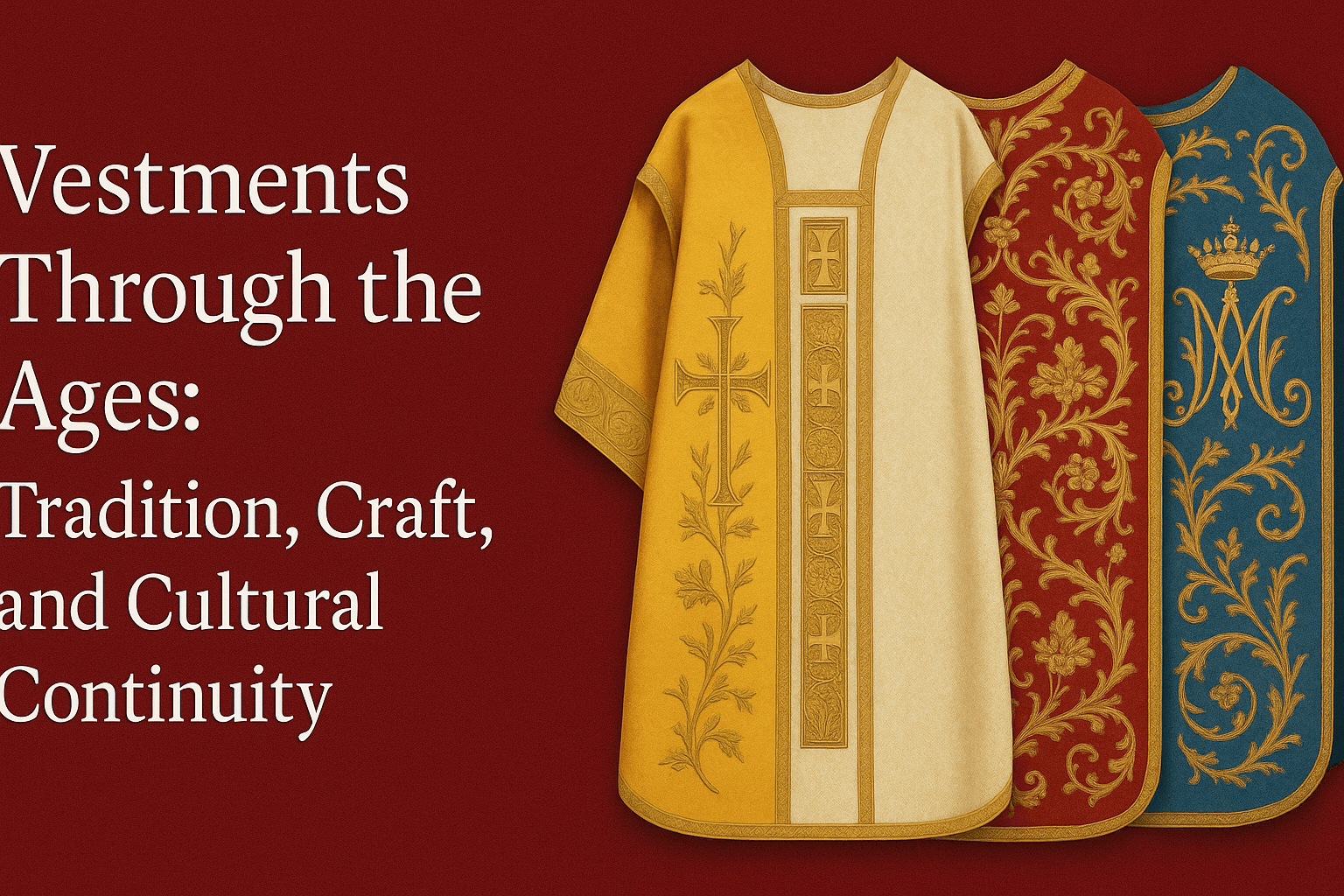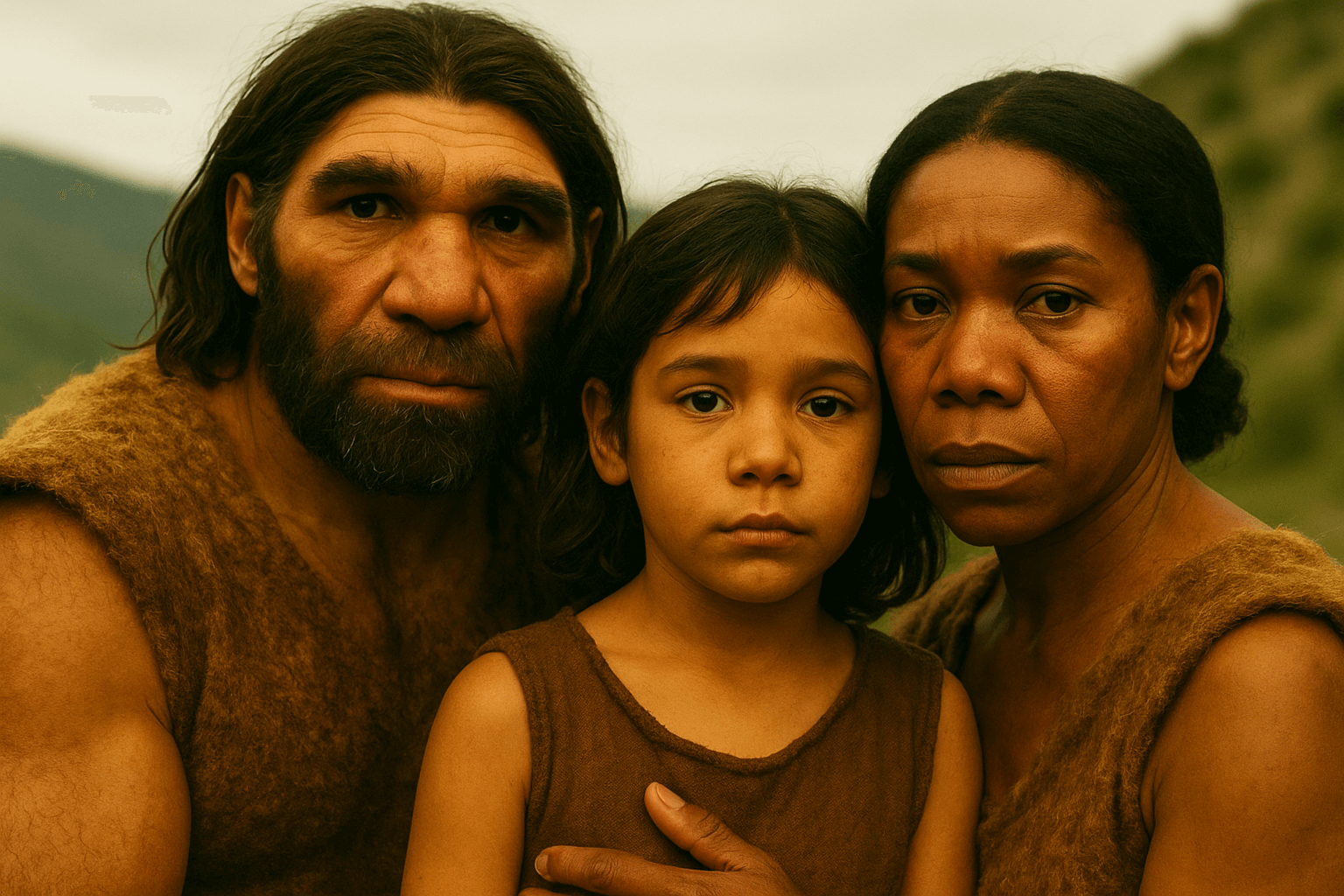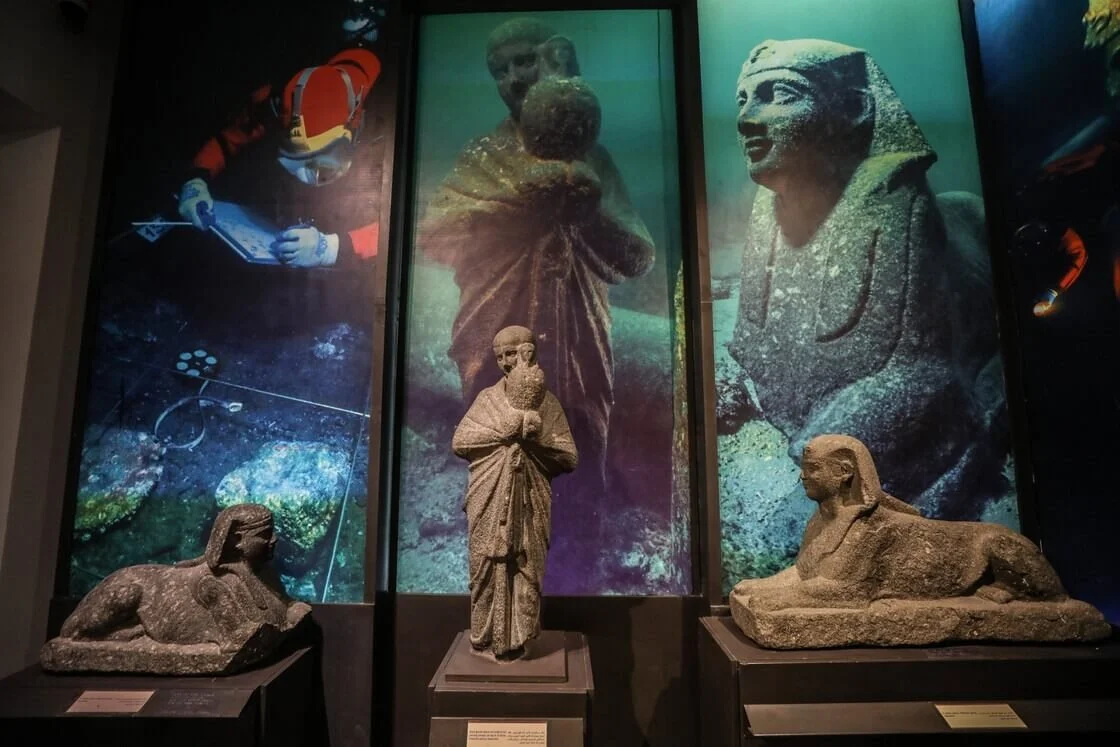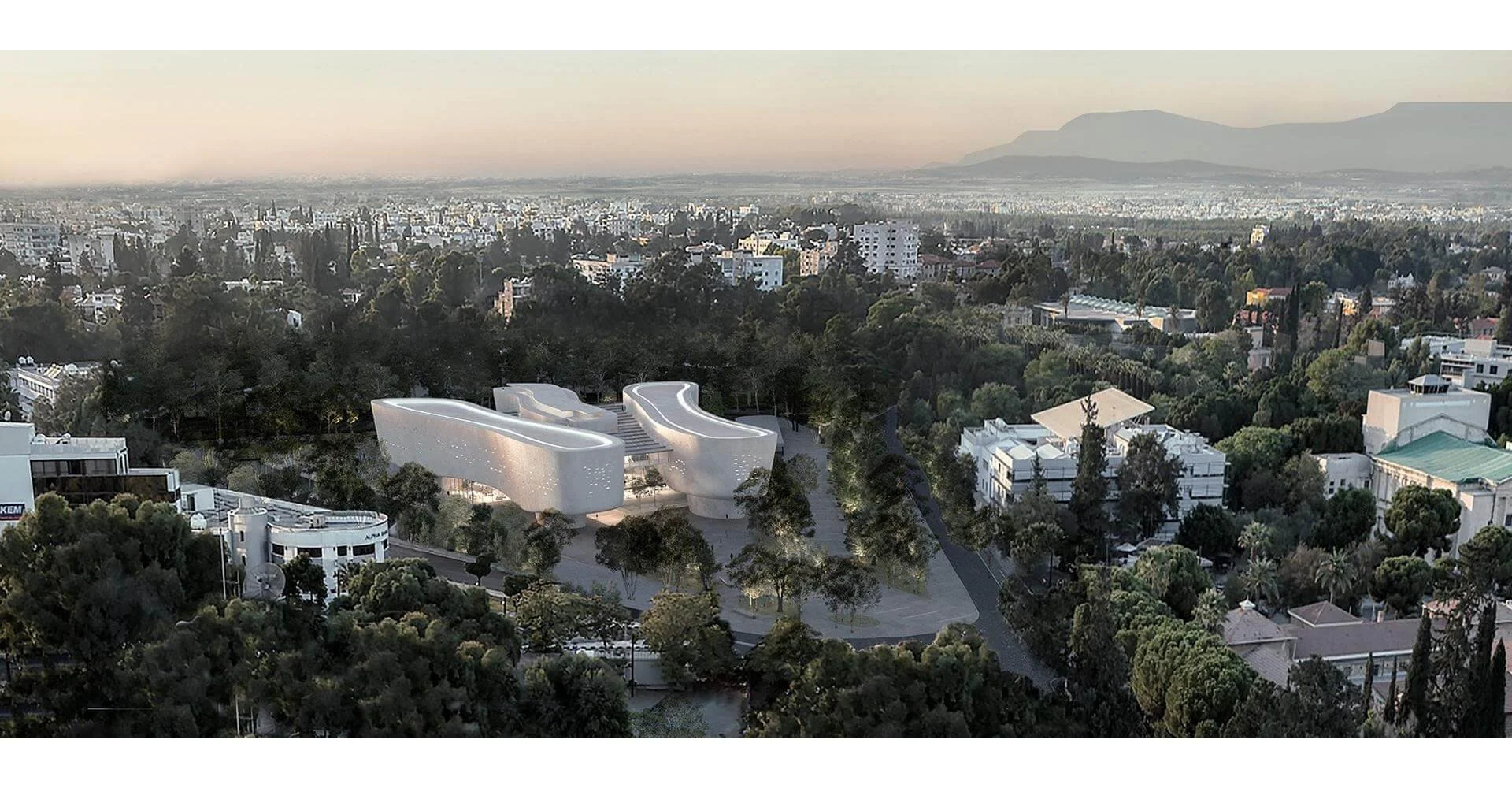In a monumental leap for historical preservation, artificial intelligence has achieved a remarkable feat by interpreting an ancient Greek term from the Herculaneum scrolls, shedding light on a bygone era shrouded in the ashes of Vesuvius' eruption in 79 AD. This groundbreaking revelation of 'πορφύραc' holds profound cultural significance, offering glimpses into royalty and influence in the ancient world. The Herculaneum scrolls, a trove of over 1,800 texts, are believed to harbor philosophical and literary treasures from the first and second centuries BC.
The Vesuvius Challenge
Enter the Vesuvius Challenge, a dynamic program run by a group of Silicon Valley researchers and investors. This audacious project harnessed the power of AI and advanced machine learning to tackle the formidable task of deciphering the enigmatic Herculaneum scrolls. The scrolls, delicate and charred, have long resisted previous attempts at decryption, compounded by the use of carbon-based ink, which is visually indistinguishable from the charred papyrus.
Recent successes in this monumental endeavor have brought deserved recognition to individuals like Luke Farritor, an American college student, and Youssef Nader, an Egyptian graduate student in Germany. Independently identifying 'πορφύραc' from a well-preserved scroll fragment, they earned accolades—Farritor securing $40,000 and Nader receiving $10,000 for their remarkable contributions to deciphering history.
Innovative Techniques and Decoding Breakthrough
The quest to decode the Herculaneum scrolls found its champion in Professor Brent Seales and his team at the University of Kentucky. Their innovative approach combined high-resolution scanning with a finely tuned machine-learning model. Subtle ink interactions with papyrus fibers, invisible to the human eye, were made discernible, thus unlocking the concealed texts within the scrolls. Digitally unrolling these charred scrolls proved pivotal in the process.
The Vesuvius Challenge deployed a technical arsenal that included 3D X-ray images of two rolled scrolls and three papyrus fragments. Augmented by a specialized AI program, this arsenal meticulously interpreted characters in the scrolls, capitalizing on subtle ink alterations within the papyrus's composition.
Future Pursuits and Grand Prize Beckon
The journey of decipherment is far from over. The Vesuvius Challenge invites participants to uncover four significant passages from the scrolls by the end of 2023. Each passage, comprising a minimum of 140 readable characters, represents a vital piece in reconstructing the intellectual tapestry of ancient times. A grand prize of $700,000 awaits the intrepid minds who succeed in this intellectual odyssey.
For the first time in over two millennia, a segment of the sealed Herculaneum scrolls has revealed its secrets. The tireless effort to resurrect the wisdom contained within these ancient manuscripts stands as a testament to human ingenuity and technological advancement.
In the relentless pursuit of decoding history, the Vesuvius Challenge serves as a beacon, showcasing the intersection of artificial intelligence and historical preservation. The revelation of 'πορφύραc' marks a pivotal moment, opening doors to ancient wisdom long considered lost. As the challenge progresses, the promise of unlocking more passages from the Herculaneum scrolls fuels the imagination, driving scholars and enthusiasts alike to delve into the rich tapestry of our collective past. This remarkable feat reminds us that, with dedication and innovation, the echoes of the past can resonate into the future, enlightening our understanding of the world's heritage.








